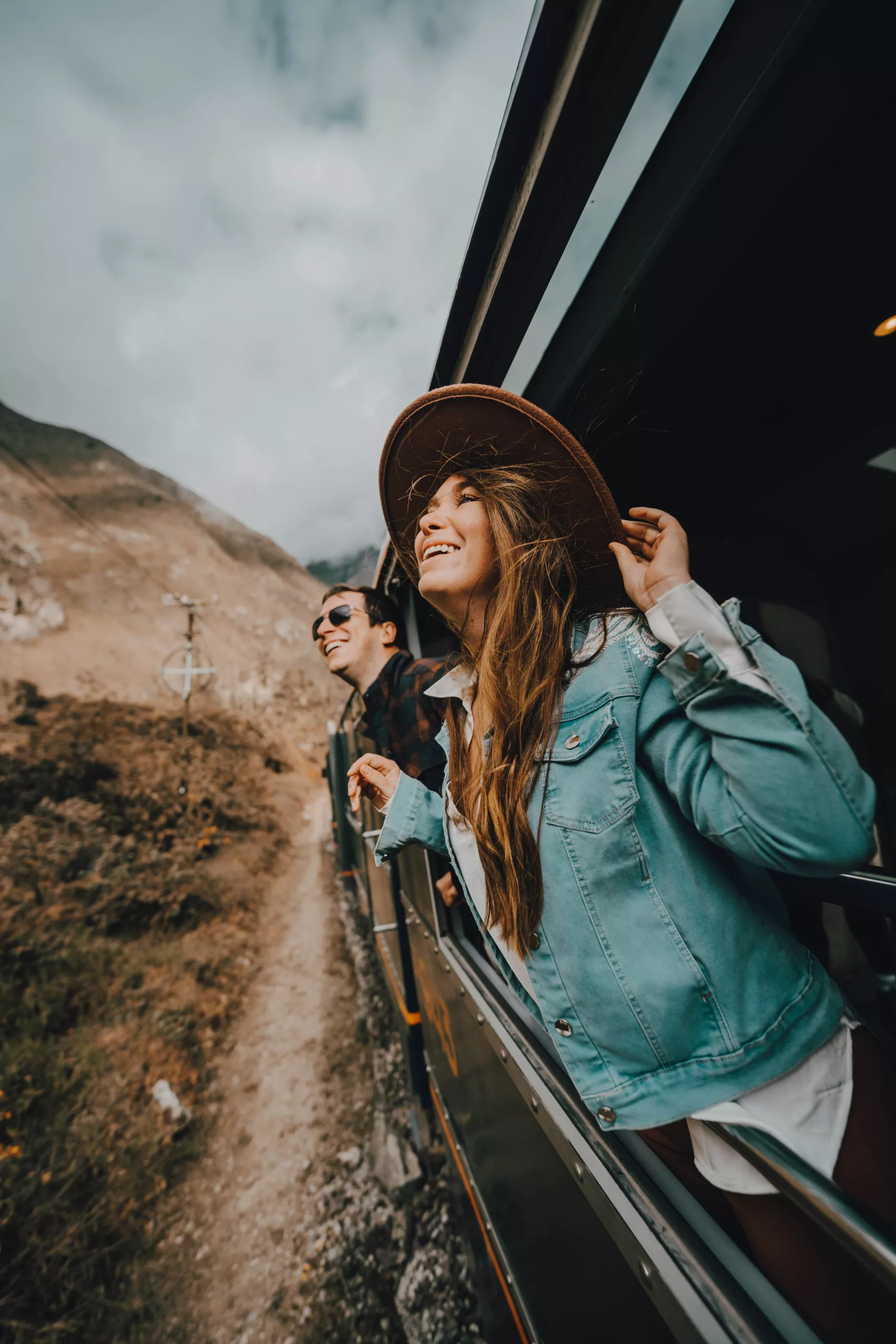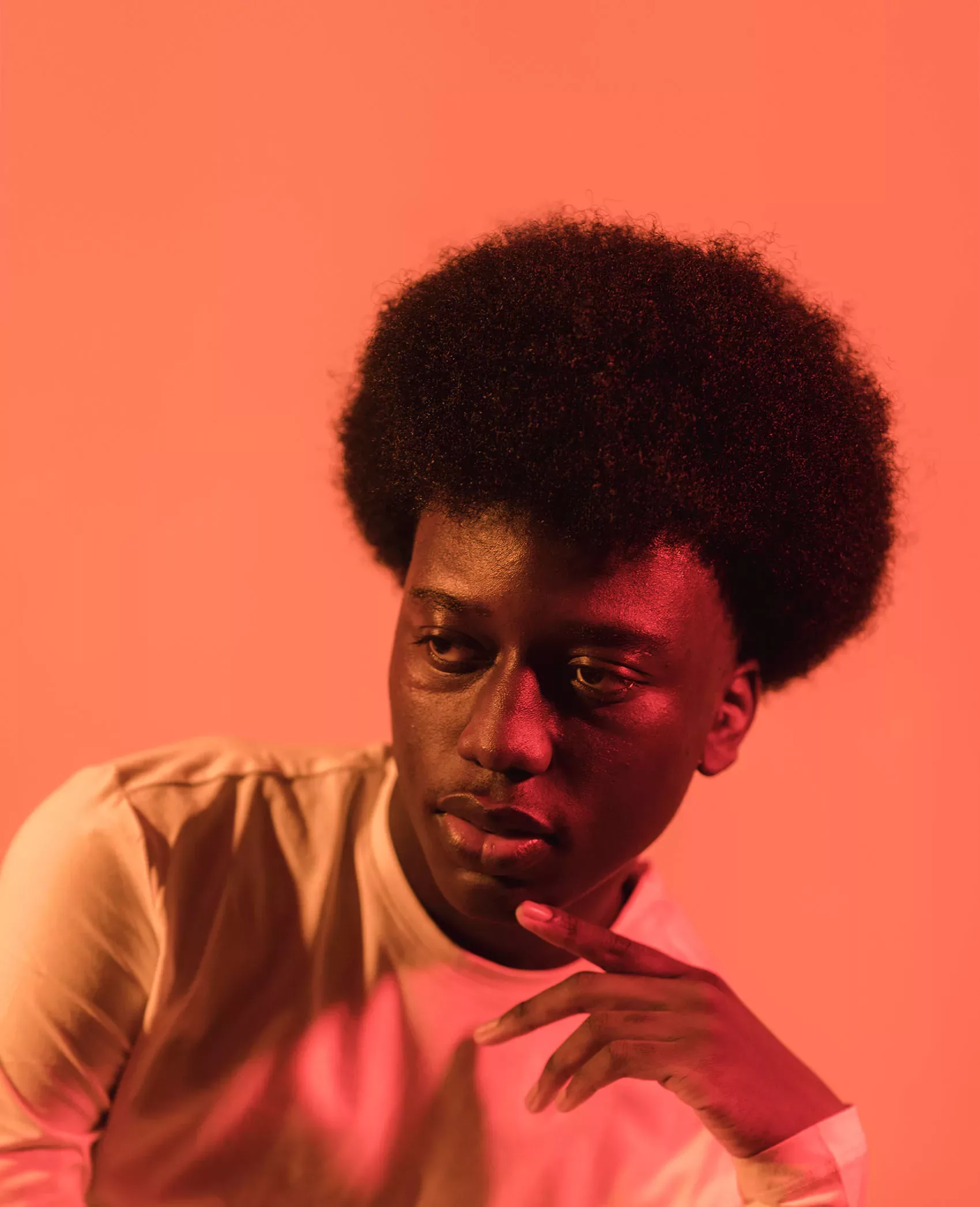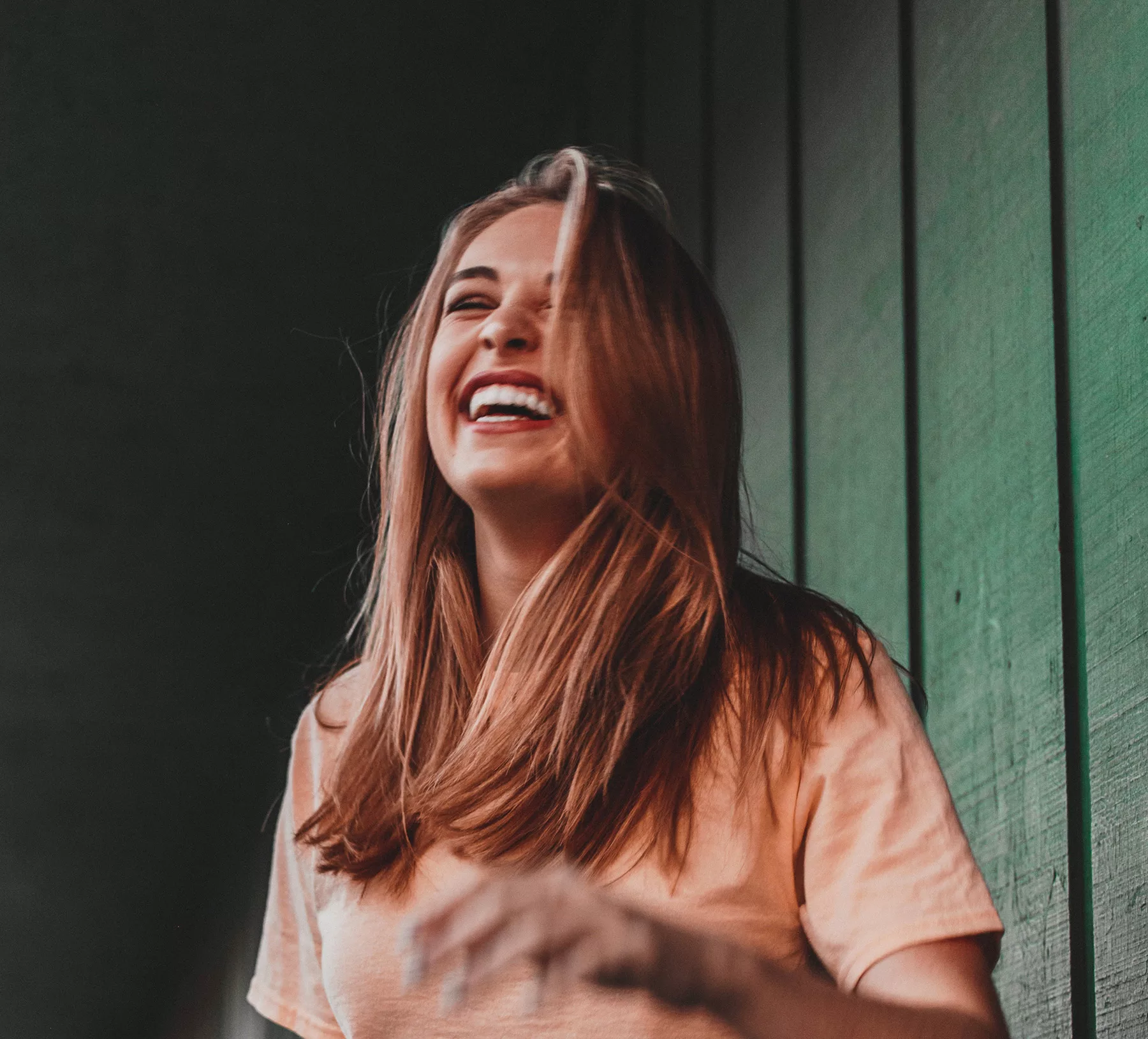In today’s world, creativity and technology have become intertwined, each enhancing the other in ways that were once unimaginable. At the heart of this intersection is artificial intelligence, a powerful tool that has quietly transformed creative processes across industries. As someone who leverages AI daily, I’ve experienced firsthand how it fuels creativity, streamlines workflows, and enhances what we’re able to produce. Behind the scenes, AI acts as both a partner and a catalyst, taking creativity to new heights and allowing for endless exploration.
One of the most valuable aspects of AI is its ability to expand possibilities in visual design. With tools like Dzine.ai, I’m able to generate multiple image variations in seconds, experimenting with colors, layouts, and styles that would traditionally take hours to create manually. This process not only saves time but also opens up creative avenues that I may not have considered otherwise. Dzine acts as a collaborator in this regard, suggesting ideas, generating alternatives, and offering inspiration that helps me refine my vision. In many ways, AI serves as a creative sparring partner—one that pushes me to go beyond my usual choices and explore different options.
Freeing Up Time for Deep Work
The beauty of using AI lies in its ability to handle repetitive tasks, freeing up mental space for deeper, more conceptual work. For example, in my business, I use AI tools like Close.com and Instantly.ai to automate CRM and lead generation tasks. These tools keep track of client interactions, organize communications, and even automate follow-ups. They do the heavy lifting, allowing me to focus on the strategy and relationship-building that is central to business growth. AI doesn’t replace the creativity involved in fostering client relationships; instead, it enhances it by giving me the space and energy to engage more meaningfully.
Enhancing Musical Creativity with AI-Powered Tools
The role of AI extends beyond visual design and client management, as I’ve integrated AI into other creative pursuits, like music. Tools like Suno make it possible to create unique soundscapes and personalized music tracks, bringing an additional layer of creativity to my projects. With AI-driven music tools, I’m able to experiment with different tones, moods, and styles, producing soundtracks that align with the emotional and aesthetic goals of my work. Suno has transformed my approach to music creation, allowing me to express ideas in sound without needing to be a trained musician. The result is a richer, multi-dimensional creative process that brings my vision to life.
Blending Intuition and Machine Intelligence
What’s fascinating is that AI doesn’t diminish the role of human intuition or insight; rather, it complements it. AI provides structure and efficiency, but the essence of creativity—intuition, emotion, and personal expression—remains uniquely human. AI tools offer suggestions, but the final decisions still require discernment and a sense of vision. This is what makes the creative process so rewarding; it’s a partnership between machine and mind, where each plays to its strengths to create something neither could achieve alone.
In collaborative projects, AI has also become essential. Platforms like Canva and Google’s Worksuite provide a centralized place to share ideas, gather feedback, and co-create designs. Canva, in particular, is invaluable for team collaborations. By using AI-powered templates and design suggestions, the team and I can quickly create drafts, brainstorm, and refine our ideas. The collaborative aspect of these tools means that creativity is no longer confined to a single person or location. Teams across time zones can contribute, review, and iterate in real time, allowing for a richer, more collective creative process.
Overcoming Creative Blocks with AI-Generated Inspiration
AI’s contribution to creative work goes beyond tools; it also shapes how we think about and approach challenges. For example, when I face a creative block, AI-generated content or design variations often help me break through by offering new perspectives or inspiring ideas. This iterative process—where AI suggests, and I
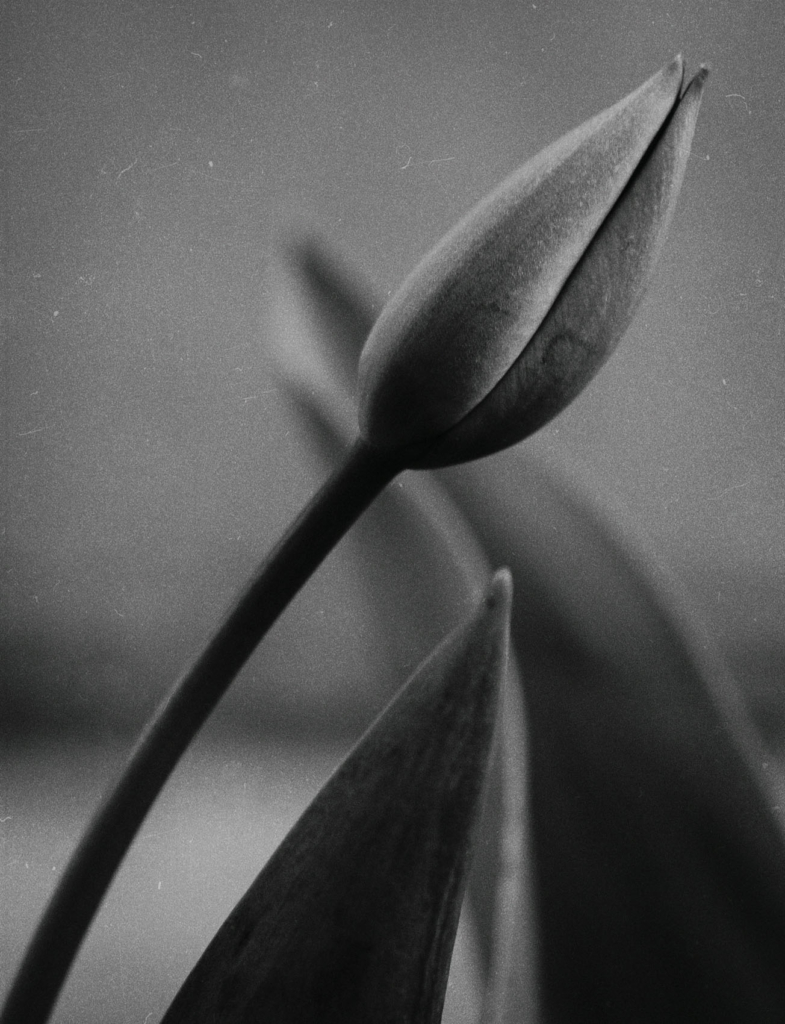
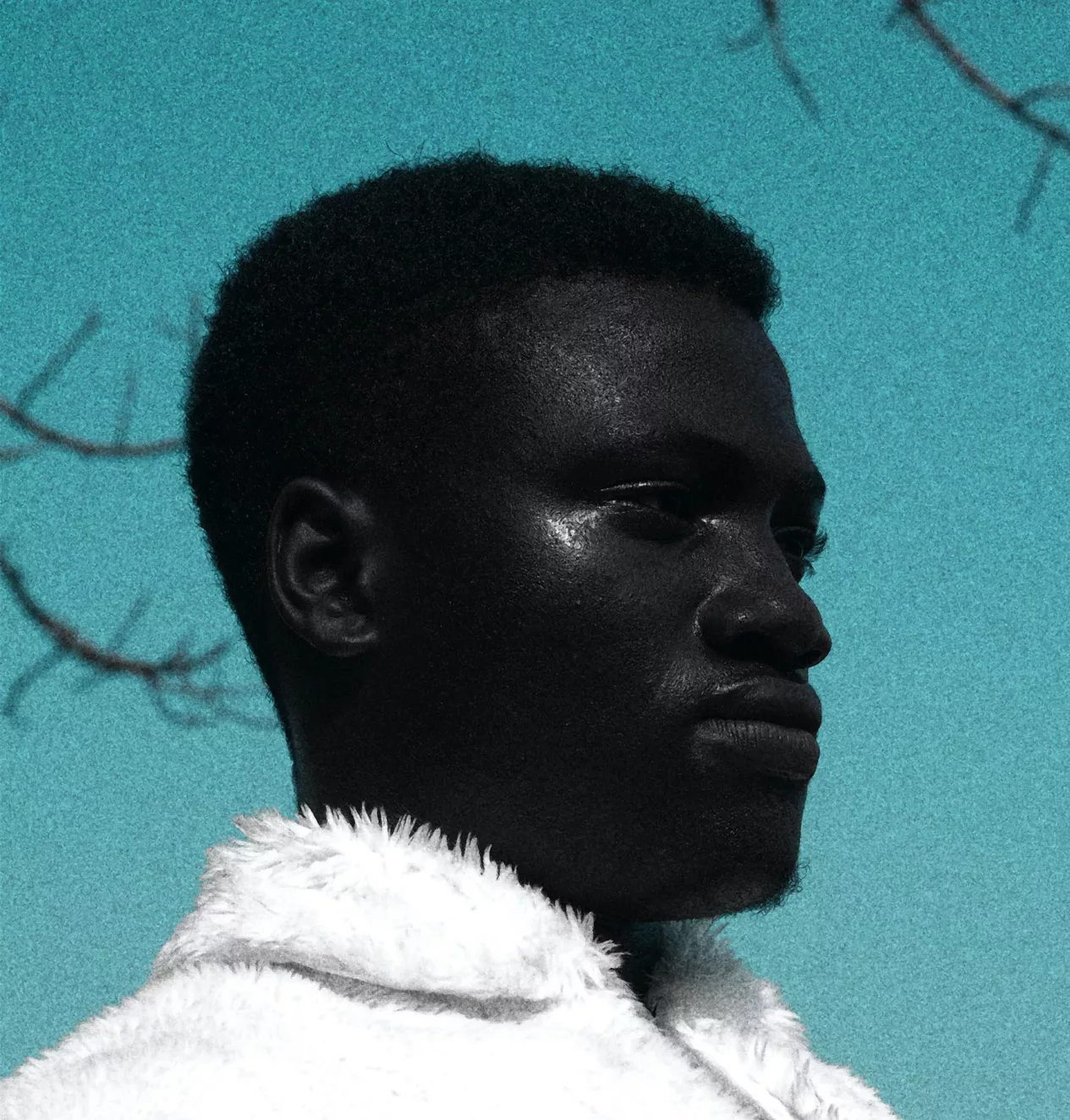
refine—has become a cornerstone of my creative workflow. It’s a dynamic that encourages adaptability and exploration, reminding me that creativity isn’t about perfection but about evolving ideas.
The Future of AI in Creative Work
As AI continues to develop, I’m excited by the potential for even deeper integration into creative work. Machine learning algorithms are improving, offering more sophisticated suggestions, greater personalization, and an understanding of nuanced preferences. In the future, I envision AI as an even more intuitive partner in creative work—one that learns from past projects, adapts to my style, and provides insights based on patterns and trends. This evolving partnership between AI and human creativity has profound implications, making it possible to push boundaries and bring complex ideas to life.
A New Era of Creativity Through AI and Human Collaboration
Behind the scenes, AI is transforming creativity from a linear process into an ecosystem of experimentation, collaboration, and innovation. Far from replacing the human touch, it amplifies our ability to express, explore, and connect with our audience in meaningful ways. As I look to the future, I’m inspired by how AI allows us to dream bigger, produce faster, and create more freely than ever before. In a world where technology and creativity intersect, the possibilities are truly limitless, and I’m excited to see where this journey takes us.
